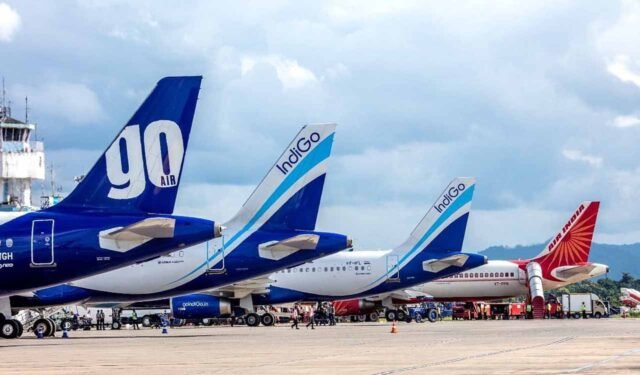The Air India tragedy in Ahmedabad underscores the need for strategic reforms, focusing on improving infrastructure, modernising regulations, and addressing financial sustainability in India’s aviation sector
Published Date – 16 June 2025, 06:51 PM

The Ahmedabad Air India disaster provides a sombre occasion to reflect on the unresolved problems and challenges facing India’s aviation sector. Though the country has made significant strides in the development of airports, these are largely offset by huge infrastructure challenges. Aviation experts have repeatedly flagged several issues including inadequate capacity to handle increasing air traffic, leading to delays and congestion, and recurring problems with building maintenance. There are also concerns about the quality of construction and materials used, highlighting potential issues with airport infrastructure management. Furthermore, a mismatch exists between ambitious airport expansion plans and actual passenger demand, with some newly built airports remaining underutilised while others struggle to handle the growing number of passengers and flights. There is a need to upgrade airport infrastructure and Air Traffic Control (ATC) systems to support the rapid growth of the sector. On the one hand, the Indian aviation industry has emerged as a global powerhouse, becoming the world’s third-largest domestic aviation market, but on the other, operational, infrastructural, financial and regulatory challenges stand in the way of unlocking its full potential. Despite initiatives like UDAN (Ude Desh ka Aam Naagrik), there is limited air connectivity to tier-2 and tier-3 towns, with major airports controlling air traffic and limited regional service. The lack of Maintenance, Repair, and Overhaul (MRO) infrastructure forces airlines to rely on foreign services, making maintenance more expensive. The high operational costs, including rising fuel prices, put a strain on airlines, making it difficult to invest in infrastructure upgrades.
The fuel component accounts for 45-50 per cent of airline expenses, further burdening the already struggling airlines, which are projected to lose between $1.6 billion and $1.8 billion in FY24 due to high operating costs and low profitability. India imposes one of the highest taxes on Aviation Turbine Fuel (ATF), significantly increasing operating costs. A severe shortage of skilled aviation professionals is another issue that poses a challenge to the sector’s growth. This shortage affects the ability of airlines to expand their operations and meet increasing demand. The industry is expected to require 10,900 additional pilots by FY30, along with other skilled personnel. The aviation sector requires strategic reforms, focusing on improving infrastructure, modernising regulations, and addressing financial sustainability. For instance, the Aircraft Act, 1934, and Aircraft Rules, 1937, have not kept pace with modern aerospace technology, creating inefficiencies and limiting growth. Government regulations, while aimed at ensuring safety and efficiency, often add to the operational burdens of airlines. Issues like bureaucratic red tape, inconsistent policies, and delays in regulatory approvals can hinder growth. Experts have called for reducing taxes on aviation turbine fuel, cargo, and airport operations to help alleviate cost pressures on airlines, making operations more financially sustainable. Also, appointing aviation professionals, instead of bureaucrats, to lead the Directorate General of Civil Aviation (DGCA) can improve regulatory oversight and bring specialised knowledge to the regulatory body.







